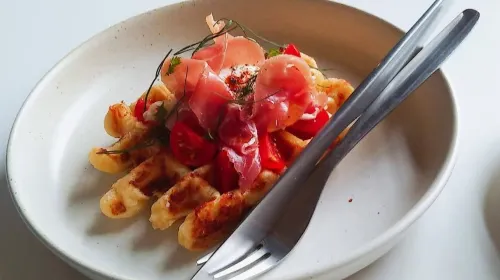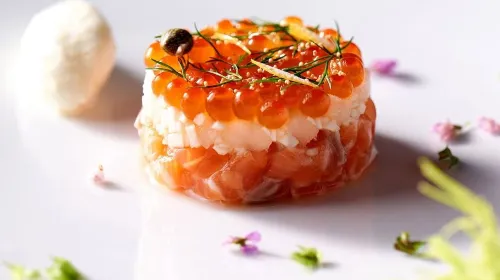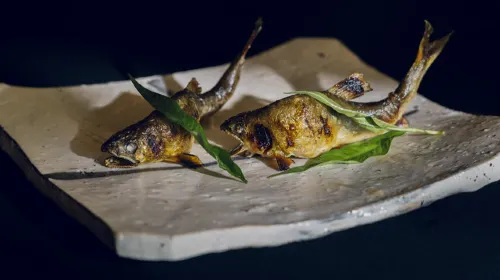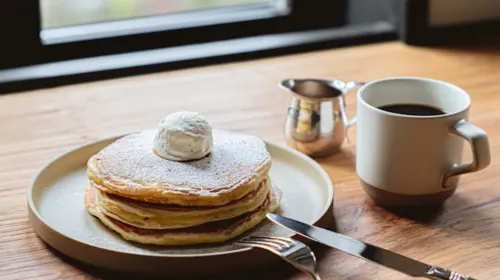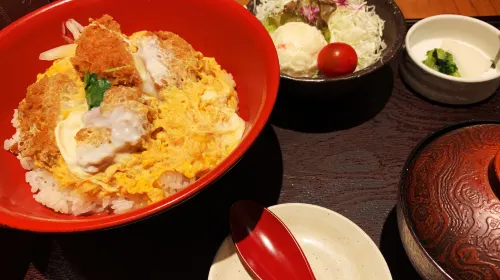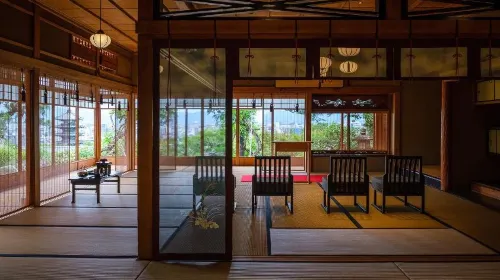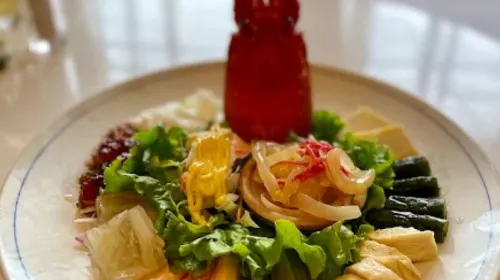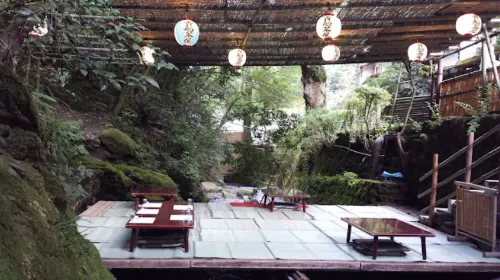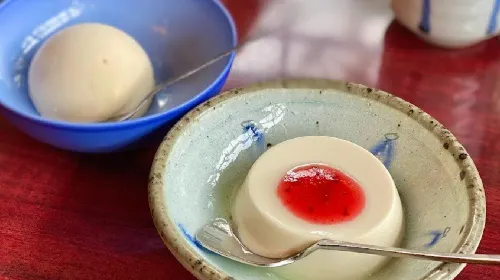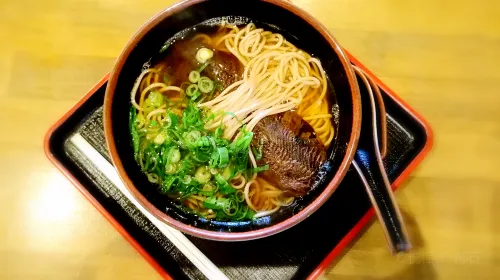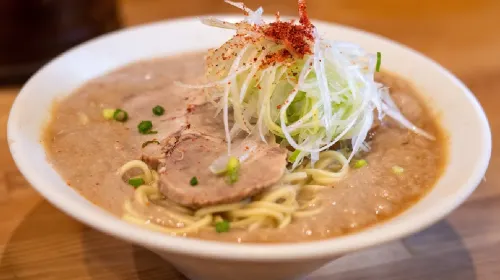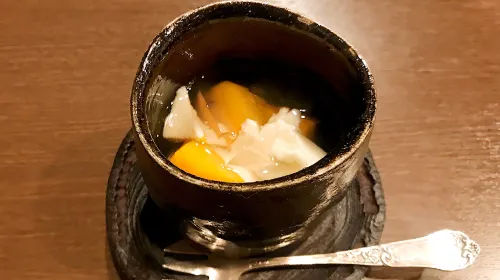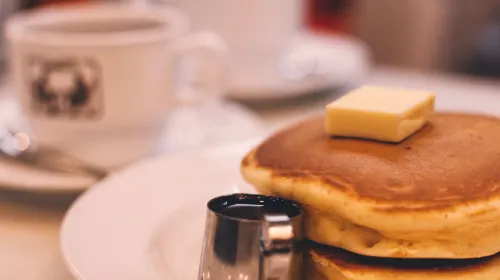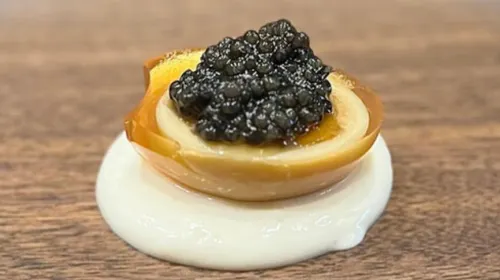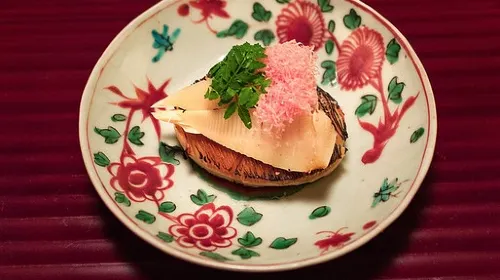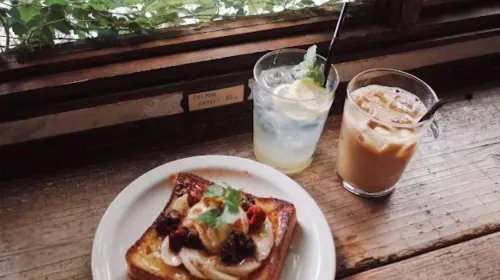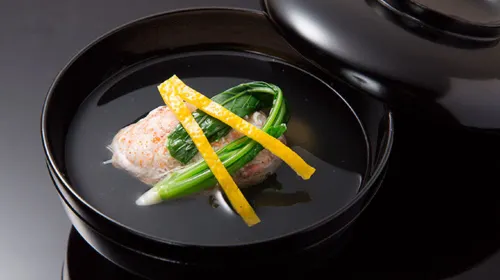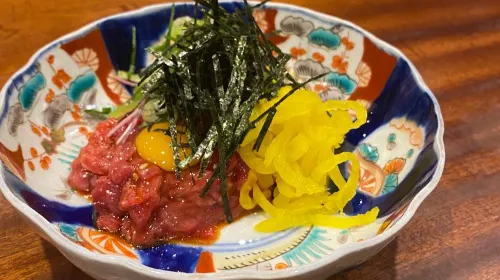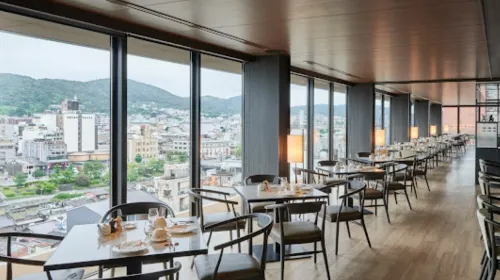Recommended restaurants in Kyoto Prefecture for September (updated in 2025)
Cuisines
All
Japanese
Western-style
Coffee Shops
Specialties
Open Late
Afternoon Tea
Prime location
Business Hours
0:00 am~5:00 am
5:00 am~10:00 am
10:00 am~02:00 pm
Price
IDR 0
IDR 2083333+
Provided Services
Non-smoking Area
Take out
Free Wi-Fi
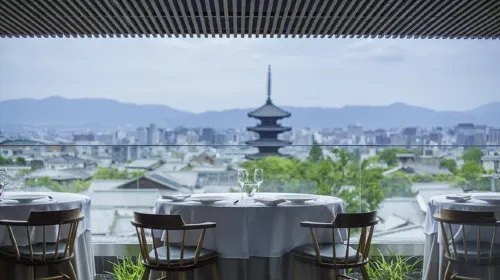
 pppppywIt feels like a special menu for Mid-Autumn Festival, with a bit of Cantonese fusion. The scenery is unique, the moonlight is just right, and the atmosphere is quiet, very suitable for friends to gather.
pppppywIt feels like a special menu for Mid-Autumn Festival, with a bit of Cantonese fusion. The scenery is unique, the moonlight is just right, and the atmosphere is quiet, very suitable for friends to gather.